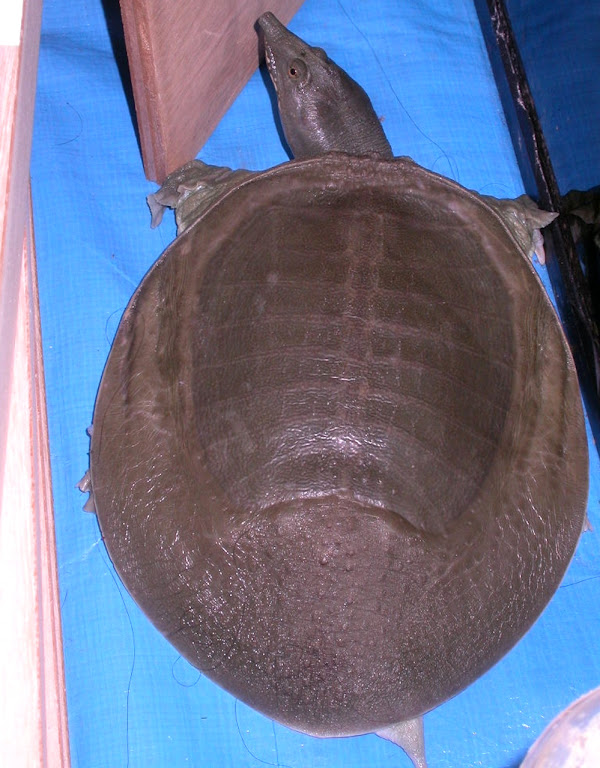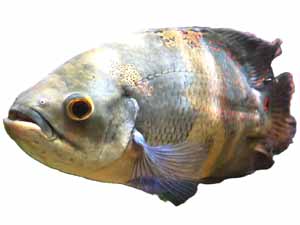Turtle farming is not a new business idea, rather it is a traditional business in many countries around the world, especially in the South Asian countries. Commercial production of turtle is done in many areas, mainly for their meat. By the way, before going depth into this business, let us first explain what turtle farming actually is. Turtle farming is actually the practice of raising tortoises or turtles of many different species commercial for the purpose of food production.
Please remember that, commercial turtle farming is not legal in many countries around the world. So, if you live somewhere where commercial production of turtle or tortoises is not legal, then you can skip this article. You should read further only if you have interest in this business and if this business is legal in your country or locality.
In commercial production, many turtle or tortoise species are raised and are sold for using as gourmet food, traditional medicine ingredients or simply as pets. Some commercial farms also sell young animals to other farms for using as breeding stock or also to raise to a larger size for further resale.
Most of the commercial turtle producer raise freshwater turtles, mainly Chinese softshell turtles as a food source and sliders and cotter turtles for the pet trade. Although, some terrestrial tortoises are also raised on commercial farms for the pet trade, such as Cuora mouhotii.
However, commercial turtle farming is a very easy but profitable business. Anyone with very little farming experience can raise these animals. Here we are going to share more information about this profitable business venture.
How to Start Turtle Farming Business?
Turtle farming is a unique and potentially lucrative venture that combines conservation, aquaculture, and sustainable agriculture. It is very easy and anyone can start this business with relatively less labor and other investment.
Not only can this business contribute to the preservation of endangered turtle species, but it can also provide a steady source of income. Here we are going share the essential steps and considerations for starting a successful turtle farming business.
Step 1: Understand Turtle Farming
Before diving into the business, it’s crucial to grasp the fundamentals of turtle farming. Turtle farming involves the controlled breeding and rearing of turtles for various purposes, including meat, eggs, shells, and conservation efforts. Research the specific species of turtles you intend to farm, as different species have different requirements and market demands. And then you can go further and start your business.
Step 2: Research and Legal Considerations
Starting a turtle farming business involves adhering to various regulations and permits. Research the legal requirements in your region, including environmental, conservation, and animal welfare regulations. This business is not permitted in all areas around the world. In some areas, you will need to obtain the necessary licenses and permits before proceeding. And in some areas, it is permanently prohibited. So, check your local regulations first.

Step 3: Complete Turtle Farming Training
Turtle farming training is very important for doing this business perfectly. These specialized courses provide hands-on experience and knowledge on how to manage and care for turtles in captivity. You can learn about the turtle’s habitat requirements, breeding techniques, disease management, and ethical practices. Such training not only benefits the individuals but also promotes the welfare and conservation of turtles. So, try to complete a training first before starting this business commercially.
Step 4: Make a Business Plan
Making a good and effective turtle farming business plan is very important for successful business. Your business plan should include the farm’s objectives, strategies, and financial projections, serving as a roadmap to navigate the complexities of turtle farming.Your turtle farming business plan should cover various aspects, including species selection, facility setup, disease management, and marketing strategies. A well-structured business plan not only ensures the efficient management of the farm but also demonstrates a commitment to sustainability and conservation, addressing the ethical and environmental concerns associated with turtle farming.
Step 5: Select Good Location
Choosing the right location for a turtle farming business is very important. The selected location should provide access to a consistent and clean water source. Coastal regions or areas near freshwater bodies like ponds or lakes are often preferred due to their suitability for constructing ponds or enclosures. Ensure that the chosen location has all the necessary facilities and meet legal and environmental regulations.
Step 6: Select the Right Species
Selecting the best species for a turtle farming business is a critical decision that can significantly impact the success and sustainability of the venture. You should consider some important factors such as local market demand, conservation status, and the farm’s specific expertise. Common turtle species which are often used for commercial turtle farming include the red-eared slider, snapping turtles, and softshell turtles.
All these species are adaptable to captive conditions and have marketable products like meat, eggs, and shells. However, the choice ultimately depends on your farm’s goal, resources, and on your region’s ecological context. You should also emphasize the importance of careful research and selection to ensure the welfare of the turtles and the viability of the business.
Step 7: Select Right Method for Raising Turtles
You can raise your turtles in many different methods in commercial production. Turtle farming involves the controlled breeding, rearing, and management of turtle populations. Several methods are employed in the industry, including:
Hatcheries
Many turtle farms start with hatcheries where eggs are collected from wild nests, incubated under controlled conditions, and the hatchlings are raised in captivity. This reduces the pressure on wild populations.
Aquaculture Systems
Aquaculture tanks or enclosures are used to raise turtles from hatchlings to maturity. These systems provide a controlled environment where factors like water quality, temperature, and diet can be regulated.
Semi-Natural Ponds
Some farms use semi-natural ponds or enclosures that mimic natural turtle habitats. These setups allow turtles to exhibit more natural behaviors while still being managed for farming purposes.

Step 8: Feeding
Feeding the turtles is a very important part of turtle care in both farms and the wild. Turtles are known for their diverse diets, which vary depending on their species. Aquatic turtles predominantly consume aquatic plants, insects, and small aquatic animals, whereas terrestrial turtles often eat vegetation, fruits, and insects. Proper nutrition is essential to maintain their health and well-being, and it’s crucial for turtle farmers to understand the specific dietary requirements of the species they are raising.
Overfeeding, underfeeding, or providing an unbalanced diet can lead to health issues. Therefore, careful attention to their dietary needs and providing a variety of foods that mimic their natural diet is vital to ensuring the overall health and longevity of these remarkable reptiles.
Step 9: Breeding
Turtle breeding involves creating right conditions that mimic a turtle’s natural habitat to encourage them to mate and lay eggs. Factors like temperature, humidity, nesting sites, and proper care play very important roles in successful breeding. The mother turtle often returns to the water, after laying eggs, leaving the eggs unattended. Incubation can occur naturally in the soil or through controlled methods in hatcheries, depending on the circumstances. The hatching process is a delicate phase, as hatchling must emerge, make their way to the water, and survive various challenges.
Step 10: Caring
Turtles are very strong and hardy creatures and they generally require less caring and other management. Although, taking additional caring will help the animals stay healthy and productive. Proper care includes providing suitable enclosures that mimic their natural habitats, maintaining optimal water quality for aquatic turtles, and ensuring access to basking areas for thermoregulation.
Step 11: Health and Disease Management
Implement a comprehensive health management plan for your turtle farm. Regularly monitor the turtles for signs of illness, and work with a veterinarian who specializes in reptile health. Quarantine new arrivals to prevent the spread of diseases.
Step 12: Marketing
Marketing turtle products is very easy and simple. But you should set your marketing strategies before starting this business.

These are the common steps for starting and operating a successful turtle farming business. Hope this guide has helped you. Good luck and may God bless you!







I really want to start this business. You are my my aspiration, and I follow your website for many farming guide. What will be the initial costs for stating this business in Chanthaburi, Thailand?
Depends on numerous factors and it is very difficult for us to tell the exact amount. Please visit any local farmer within your area to learn more. Good luck!